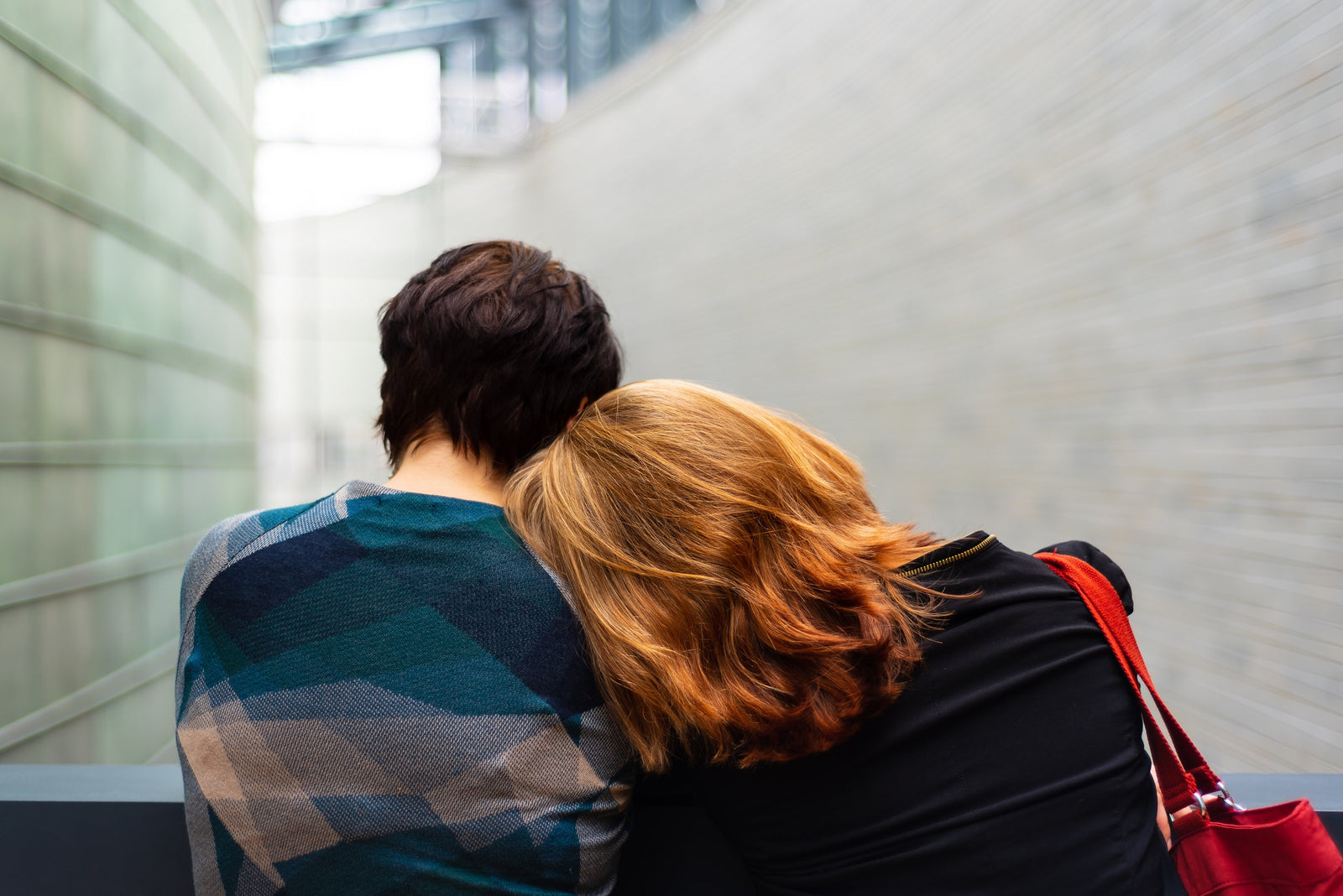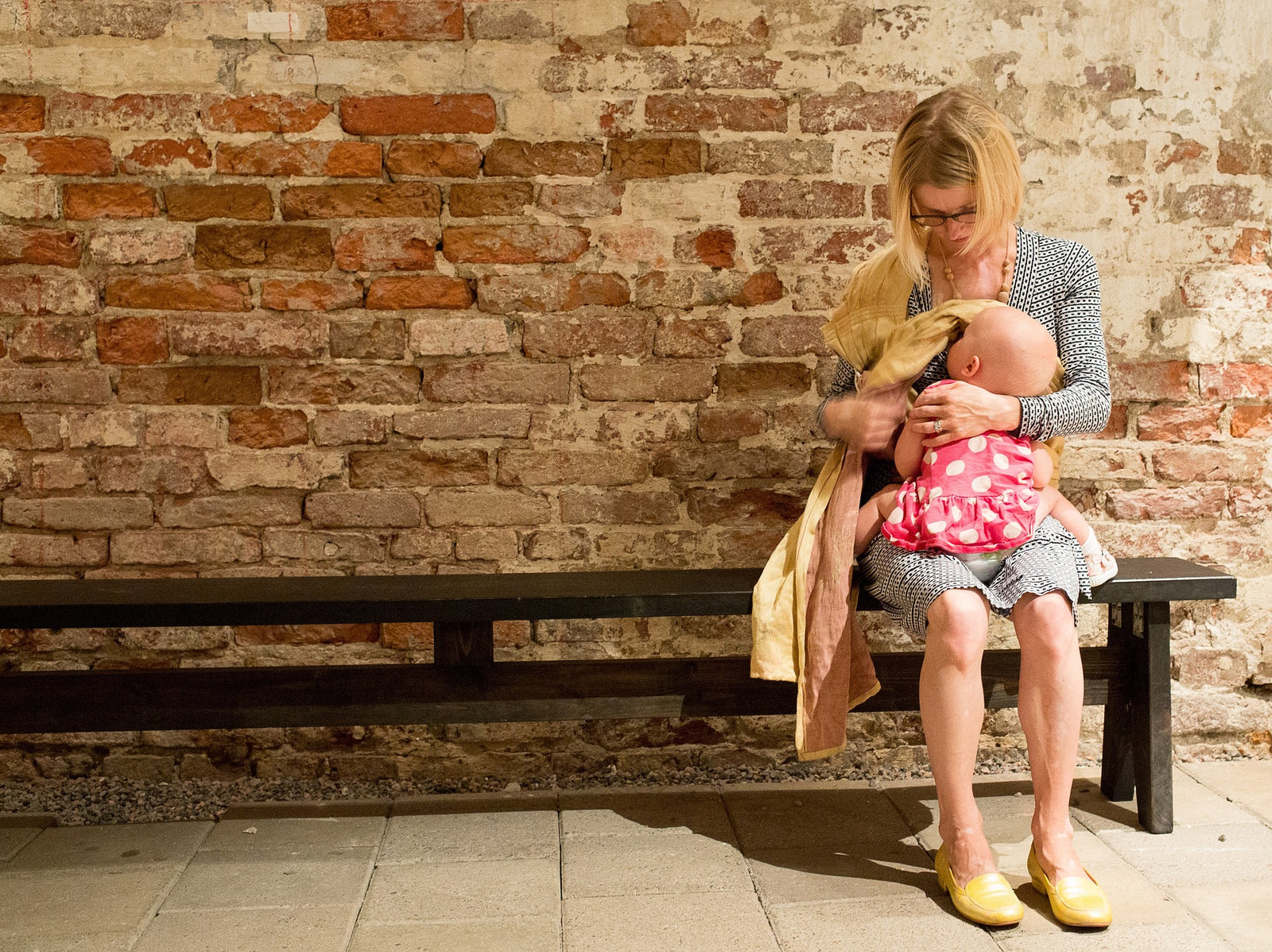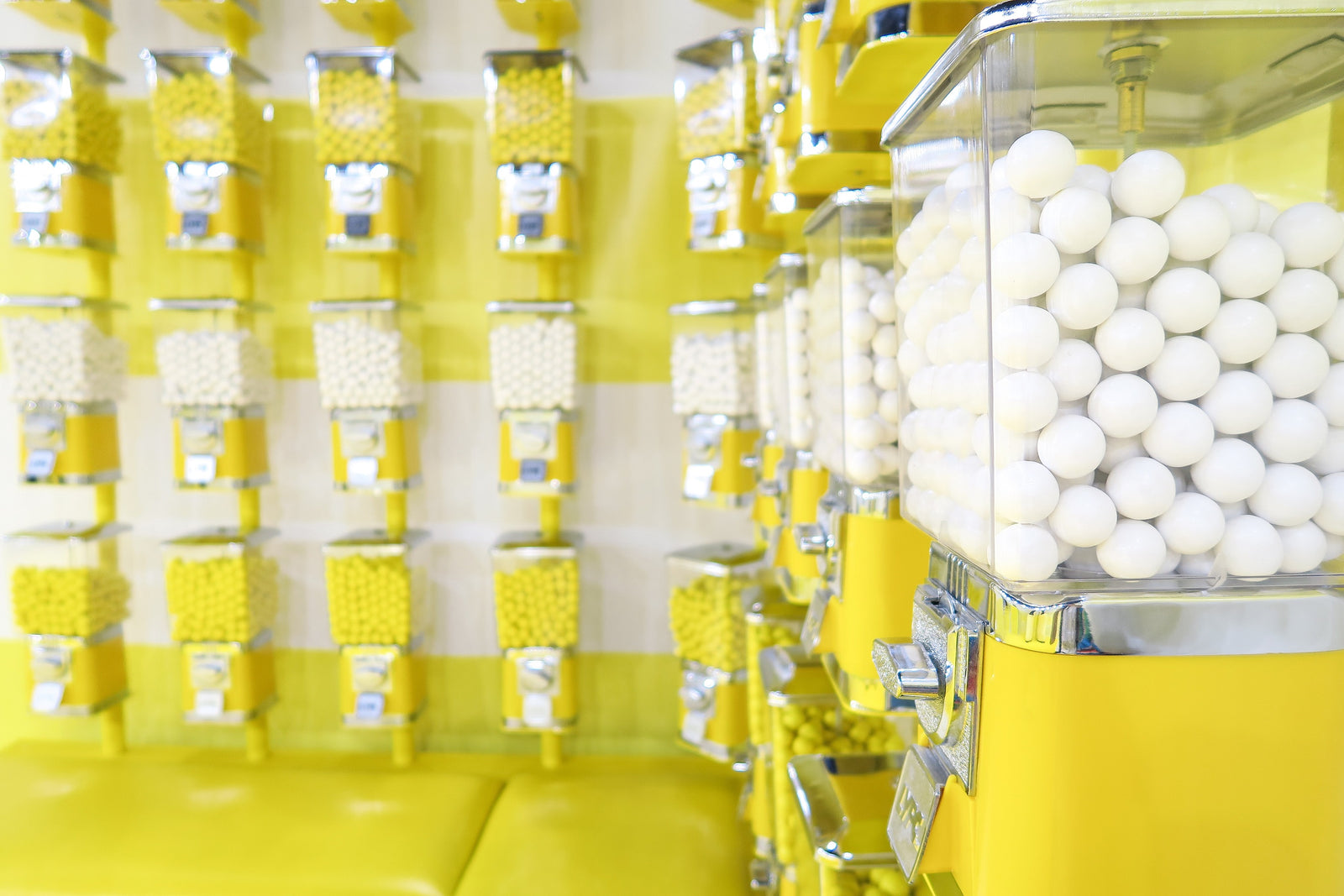🚚 FREE USA SHIPPING ON ORDERS OVER $30! INTERNATIONAL SHIPPING AVAILABLE.
🚚 FREE USA SHIPPING ON ORDERS OVER $30! INTERNATIONAL SHIPPING AVAILABLE.
What happens to the caffeine removed from coffee?
by Mark Miller 6 min read

Caffeine that is removed from coffee gets put into many other products, not all of them edible. Manufacturers put caffeine in skin cream and cosmetics. And of course, it's in candy, food products, and sodas and other beverages.
When you take caffeine out of coffee, some people don't see the point in drinking a cup of joe. People on social media make fun of decaffeinated coffee. Here’s a tweet from @ISurvivalist, for example:
Just know, NO #decaf #coffee! Good morning! pic.twitter.com/LK1W56EuGN
— InstinctSurvivalist (@ISurvivalist) February 23, 2016
But some people get sour stomach or the jitters, they may be pregnant, or they just don’t want the bother of being dependent on caffeine. So they drink decaffeinated coffee, tea, or sodas that have no caffeine.
Your loss is my gain
One person’s loss is another person’s benefit. The caffeine removed from coffee and tea—at least 97 percent—ends up in products that would not otherwise have it—including Viter Energy Mints [1].
Where do the beverage and caffeinated products makers get the caffeine they put in their products? It has to come from somewhere.
U.S. National Public Radio had a story [2] titled “Caffeine for Sale: The Hidden Trade of the World’s Favorite Stimulant” about how caffeine is removed from coffee beans and then where it goes after the decaf coffee is made. Not all caffeine is natural; some is synthetic or manmade.
1,000 tall lattes
The NPR writer, Dan Charles, bought a 4-ounce bag of caffeine and said it had as much caffeine as 1,000 tall Starbucks lattes. He said this caffeine was created in coffee beans on a hillside in the tropics. Charles wrote:
Slowly and quietly, driven by the energy of sunlight, it formed inside coffee beans hanging on thousands of trees, most likely in Brazil or Vietnam.
Those beans were harvested, loaded on ships bound for the port of Houston, Texas, and ended up at a factory within sight of downtown Houston: Atlantic Coffee Solutions. It’s owned by one of the world’s largest coffee traders, ECOM Agroindustrial Corp., which is based in Switzerland.
The Houston factory creates several coffee products, including packaged ground coffee, whole roasted beans and instant coffee. They are sold to other coffee companies, including top American coffee brands, which package and resell them.
“But a third of the beans — tens of millions of pounds each year — come to this plant to be separated from their caffeine,” he wrote.
At the plant are three silos that hold green coffee. Throughout the day batches of green coffee beans drop into stainless steel cylinders beneath the silos. The cylinders are 60 feet tall and have walls 6 inches thick to hold up under immense pressure.
For 10 hours the beds of coffee beans have a chemical called supercritical carbon dioxide that forms under high pressure pumped through them, penetrating the beans and removing the caffeine.
The decaffeinated coffee is sent to another part of the plant for more processing. Left behind is the caffeine, which is worth money, and which must sprayed out of the CO2 with water.
The water evaporates and leaves behind the crude caffeine, a brown powder with an odor that Charles describes as “badly burnt coffee with a perhaps a note of brown sugar.” Refiners remove the impurities to make the caffeine into white, odorless crystals.
Carbon, nitrogen, oxygen, hydrogen
At other plants, the caffeine is removed with water or with ethyl acetate. Germany has several coffee bean decaffeination plants. In China, manufacturers produce caffeine by combining carbon, nitrogen, oxygen and hydrogen to make the stimulant.
Then other companies, such as Coke and Pepsi, Viter Energy Mints [3], and energy drink companies buy the chemical for infusion into their products.

Another company that includes caffeine in its product is No-Doz. Now cosmetics products and diet pills also have caffeine. (Wikimedia Commons photo by Editor182)
Of course, coffee is not the only source of caffeine. Another big product on the market is decaffeinated tea. Premium Teas has a blog [4] that explains how tea is decaffeinated, by four methods: with methylene chloride, ethyl acetate, carbon dioxide, and by water processing.
The Premium Teas blog tells how each method works and what the process does to the tea and its flavor.
The blog points out that decaffeinated teas are different than teas that naturally have no caffeine. Black, green, and some other types of teas have their caffeine removed by one of the four processes above. Naturally caffeine-free teas do not have to have the caffeine removed.
The Arbor Teas website has an article [5] about the decaffeination of tea that says:
Decaffeinated tea is a great option for tea lovers who wish to avoid much of the caffeine naturally found in the tea leaf. All forms of tea (black, oolong, green, white, and pu-erh) can be decaffeinated, but only black and green tea are regularly decaffeinated.
It must be noted that decaffeinated tea is NOT caffeine-free. The decaffeination process leaves a minute amount of caffeine in the leaf. By law, tea labeled as “decaffeinated” must have less than 2.5 percent of its original caffeine level, which usually equates to less than 2 mg per cup.
Arbor teas says of the four ways of decaffeination, in the United States, ethyl acetate is the most widely used method. Arbor Teas uses the CO2 method, a natural process.
Tea makers also sell the caffeine to other companies, of course.
Synthetic caffeine indistinguishable from natural
There is another source of caffeine for products that don't have the stimulating chemical naturally: synthesis, like the Chinese method mentioned above.
Food Insight says [6]:
In reality, synthetic and natural caffeine are nearly indistinguishable; both are chemically identical. The major difference is that synthetic caffeine is produced from urea and chloroacetic acid rather than extracted from plant products like natural caffeine. The final product and caffeine’s effect on the body are surprisingly similar. Scientific research on synthetic caffeine, published as early as 1947 by Scott et al in Science, indicates the same stimulating effects on the body.
What other products have caffeine?
An article [7] at the site The Free Library website says two big caffeine customers are diet pill companies and cosmetic companies. The article states:
The recent trend in caffeine-enhanced cosmetics has been getting international recognition … Beauty companies use caffeine that has properties believed to do everything from reduce cellulite to enhance lips, but the three main ways caffeine is said to work on the skin is: as a vasoconstrictor, an antioxidant and a diuretic.
Because of this, caffeine can be found in body wash, soap, lip balm, facial scrubs and several other products such as caffeine lipstick. Caffeine is also found in sprays and facial toners, de-puffing eye creams and gels and in hundreds of face and body creams, which claim to give bodies a lift, or improve our contours.
The article states that demand for caffeine, especially now with its use in cosmetics, exceeds what is produced from coffee beans and tea leaves, so other companies produce it artificially, like the ones in China.
What about leftover chemicals?
You might ask, What about the chemicals used to decaffeinate products? Are those dangerous? The site Baltimore Fishbowl says [8]:
The short answer is that minute traces of methylene chloride can legally be found in decaf coffee, but the residue amounts are minuscule, it’s probably harmless. The potential for trace chemical residue may be reason enough for some to choose organic coffee which must use the non-chemical Swiss Water decaffeination process.
But a more important reason to buy organically-grown coffee is that this label means that no chemical fertilizers or pesticides were used to grow the coffee beans. That’s better in the long run for birds, butterflies, workers and our planet.
Exposure to high amounts of methylene chloride can cause confusion, lightheadedness, vomiting, and headache. Prolonged exposure can cause irritation to the eyes and respiratory tract. It can also make angina symptoms worse. And OSHA considers [9] the substance to be a potential carcinogen.
Baltimore Fishbowl says:
Ethyl acetate is found naturally in rotting fruit, but it’s cheaper to make synthetically. Since carbon dioxide and ethyl acetate can be found in nature, decaffing with these two chemicals is labeled natural. This label isn’t regulated and means nothing, really.
Conclusion
So if you want to be careful about the decaffeination method, choose organic products that use the water method. But really, the small amounts of methylene chloride in decaf coffee and tea probably won't hurt you.
Sources
[1] https://amzn.to/3jb7Gwg[2] https://www.npr.org/sections/thesalt/2016/02/26/467844829/inside-the-anonymous-world-of-caffeine
[3] https://www.goviter.com/collections/viter-energy-mints
[4] https://www.premiumteas.ca/blog/how-is-tea-decaffeinated/
[5] https://www.arborteas.com/tea-caffeine/
[6] https://foodinsight.org/natural-vs-added-caffeine-whats-the-difference/
[7] https://www.thefreelibrary.com/Where+does+the+caffeine+go%3F+Decaf+coffee+is+just+one+of+the+growing...-a0181301247
[8] https://baltimorefishbowl.com/stories/chemical-used-decaf-coffee-safe/
[9] https://www.osha.gov/Publications/osha3144.html#:~:text=Short%2Dterm%20exposures%20to%20high,symptoms%20of%20angina%20more%20severe.
Also in Viter Energy Blog

Can caffeine help with ED?
by Mark Miller 3 min read
Erectile dysfunction. In combination, those are two of the ugliest words known to man. But can caffeine help you get it up?
Science hasn't found the definitive answer to this question, but one study concluded that fewer men who consume caffeine have problems performing. The study said:
Caffeine intake reduced the odds of prevalent ED, especially an intake equivalent to approximately 2-3 daily cups of coffee (170-375 mg/day). This reduction was also observed among overweight/obese and hypertensive, but not among diabetic men. Yet, these associations are warranted to be investigated in prospective studies

Caffeine while breastfeeding? Go ahead, it's OK
by Mark Miller 4 min read
Many breastfeeding mothers wonder if it's OK to take caffeine. In fact, many nursing mothers just avoid caffeine in case it would keep their babies fussy, jittery and awake.
The answer is yes, you can take caffeine while breastfeeding, as long as you don't go over about 300 mg a day.
It's an important question because caffeine is in so many products, and taking coffee, tea, or soda is such a common ritual.
And breastfeeding mothers may be tempted to take caffeinated products because they are deprived of sleep by their newborns' odd sleep schedule.

The surprising benefits of chewing gum
by Mark Miller 5 min read
You might think gum chewing is an activity with little or no benefits besides the pleasure and flavor, but think again. Chewing gum has several benefits.
In addition to freshening your breath, sugar-free gum can help prevent cavities and contribute to overall oral health. But that's just the beginning.

